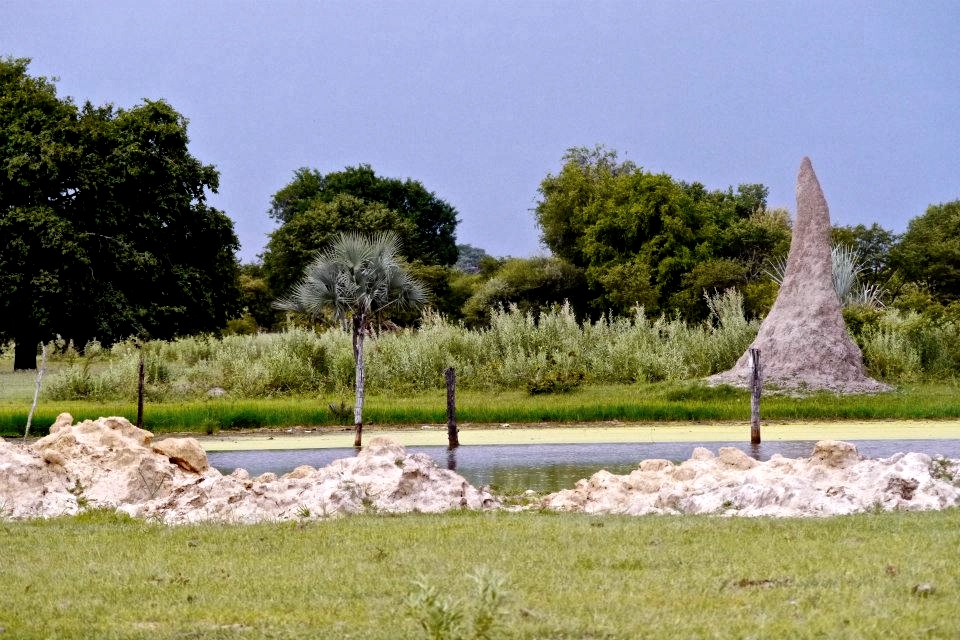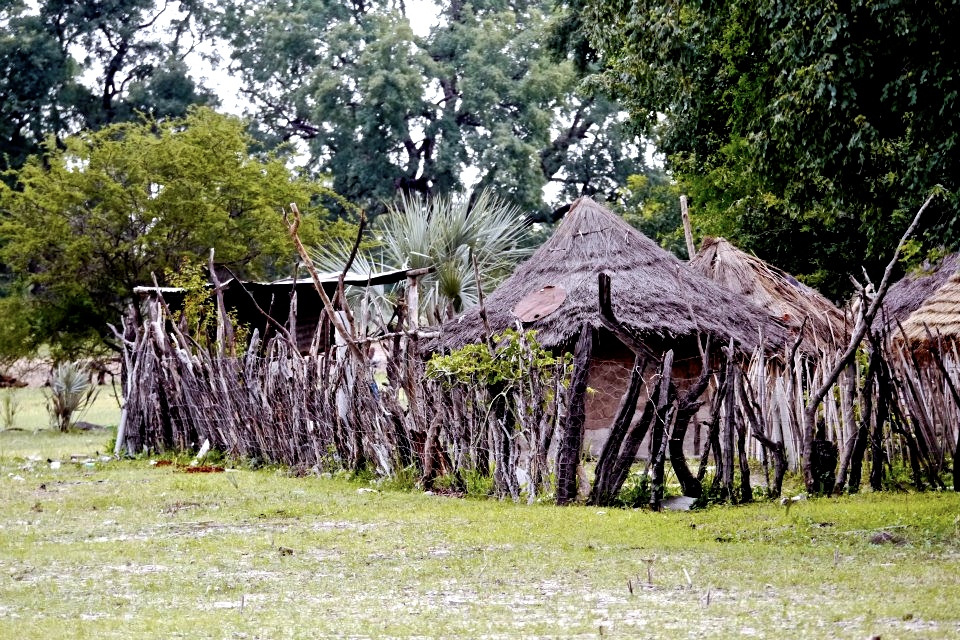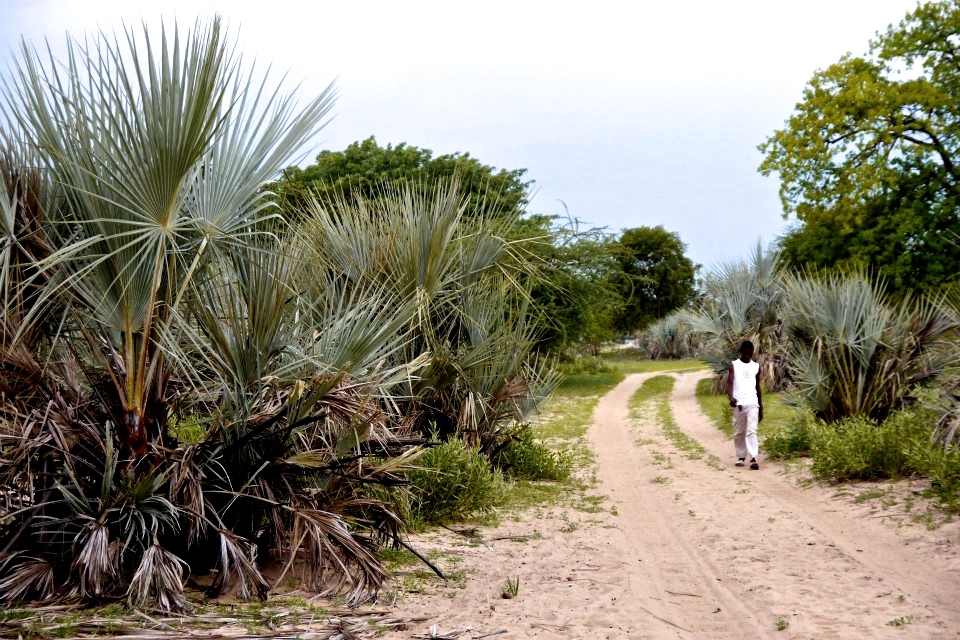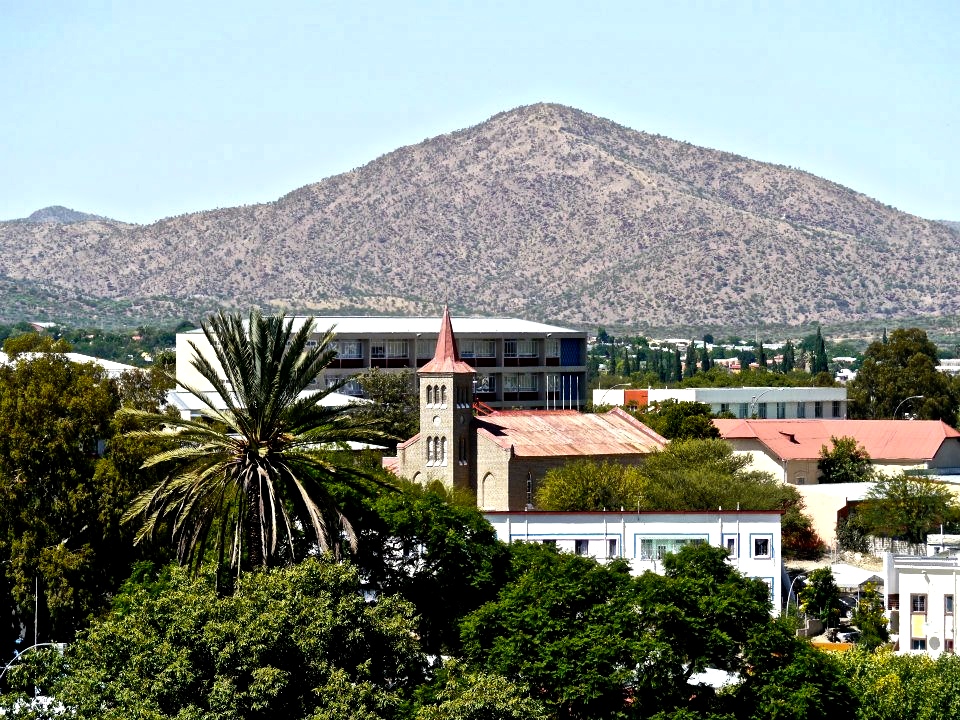
Journey to Northern Namibia: Beyond the Red Line
On January 6th, I crammed into a bus with the other WorldTeach volunteers and braced myself for an eight hour journey to Omungwelume, Namibia, where we would have our week-long teaching practicum. The drive took us through various, contrasting terrains—from brush-covered mountainsides to forested flatlands and from vast expanses of open farmland to dusty, concrete towns.
For the first few hours, we saw large swaths of land owned by white farmers. If it had not been for the countless police checkpoints, sporadic lodges in the middle of nowhere and the occasional car zooming in the opposite direction, I would have felt as though we were the only people on the planet. From Windhoek, we traveled North past the towns of Otjiwarongo, Tsumeb, Ondangwa and Oshakati, before turning down a dirt road for about 30km toward the town of Omungwelume.
Somewhere along the road between Tsumeb and Ondangwa, we encountered a road block and a long line of vehicles attempting to cross the Red Line–a demarcation drawn in the sand that divides Namibia in half.
Beyond the Red Line, the large swaths of Afrikaaner-owned ranches and lodges no longer exist. Gone are the fancy burger joints and colorful painted houses. Instead of clean, palm-lined streets and picturesque churches, the new landscape gives way to dust and cement.
The line not only divides the large plots of private land from communal grazing grounds, but it clearly delineats a border between the developed and developing world. Beyond the Red Line, cities are bleak and a bit squalid—a mixture of rundown shops and large strip malls.
Yet, while underwhelming at first glance, the organized chaos of these small cities holds a wealth of activity. On the side of the road, groups of people huddle under beach umbrellas selling fruits and vegetables, children weave between the lines of cars stopped at intersections and Ovambo women wearing pink striped dresses move gracefully along the roadside while balancing baskets on their heads.
Outside the small cities, the landscape reveals the harsh realities of daily life in rural Africa. Thatched roof huts and houses made of corrugated metal scraps litter the flat terrain. Men, women and children travel long distances from their homesteads to town in order to buy necessities. They often sit on the side of the road, waiting for a ride under the shade-giving trees, exhausted from the sweltering heat. Cows, goats, pigs and donkeys mill freely about town, disrupting the flow of traffic and scavenging for food.


The physical landscape is different, too. While much of the scenery between Windhoek and Tsumeb consists of tree-covered mountains and flat lands, the vegetation in the North is much more sparse, though the flora is quite varied. I was surprised to see diverse vegetation, from baobabs to palm trees, dotting the green landscape.
Perhaps it is due to the slow pace of life or perhaps it is a result of the unfamiliar environment but, to me, the area North of the Red Line seemed serenely surreal and magical. The vast blue sky, white sand, towering termite mounds, green vegetation and placid lakes constitute a dreamlike backdrop to the scenes I witnessed from the bus windows.

The Red Line was originally drawn in the 1960s as a method of curbing Foot and Mouth Disease and preventing it from spreading to the commercial farms in the South of the country.As a result of the barrier, farmers in the North were prohibited from selling their livestock abroad. This restriction greatly fed the country’s income gap, as only the southern farmers were able to take advantage of the lucrative meat export industry.
Not only does the Red Line separate the wealthy Namibians from those with lower incomes, but it also divides the society on racial lines. European influences never affected the North of the country to the same degree that they did in the South, where the country’s vast diamond mines reside.
As a result, most Afrikaners live South of the Red Line, while the majority of people living North of the artificial border are indigenous Ovambos.
Today, there is no question that the threat of Foot and Mouth Disease is an issue of the past, but the Red Line remains, leaving with it a legacy of segregation and inequality that will likely take years to rectify.

